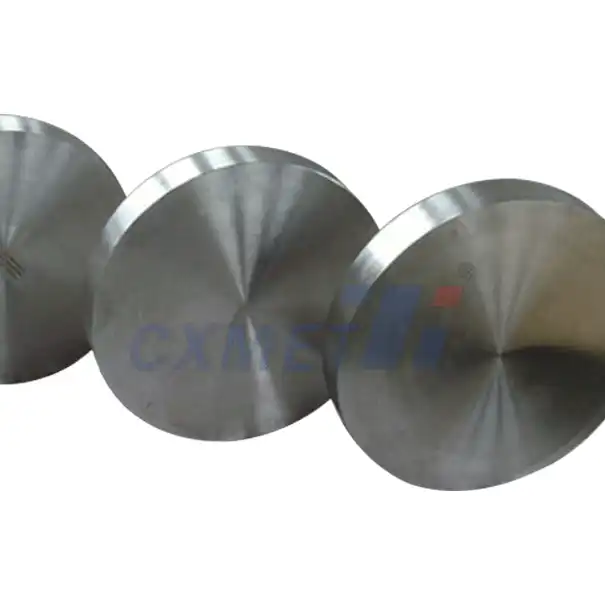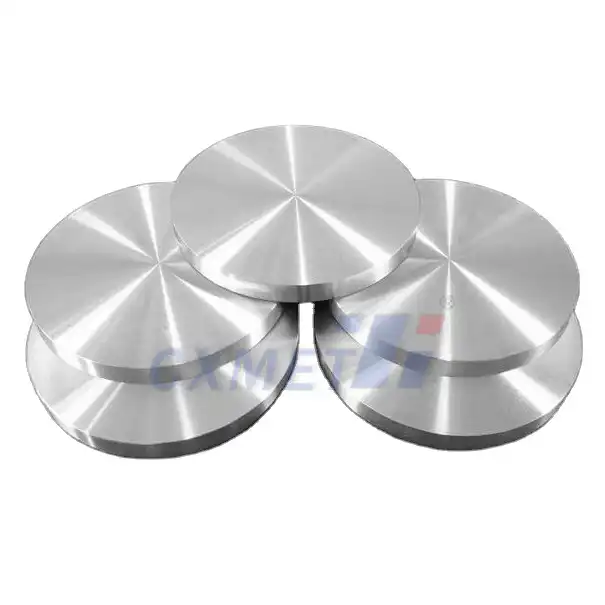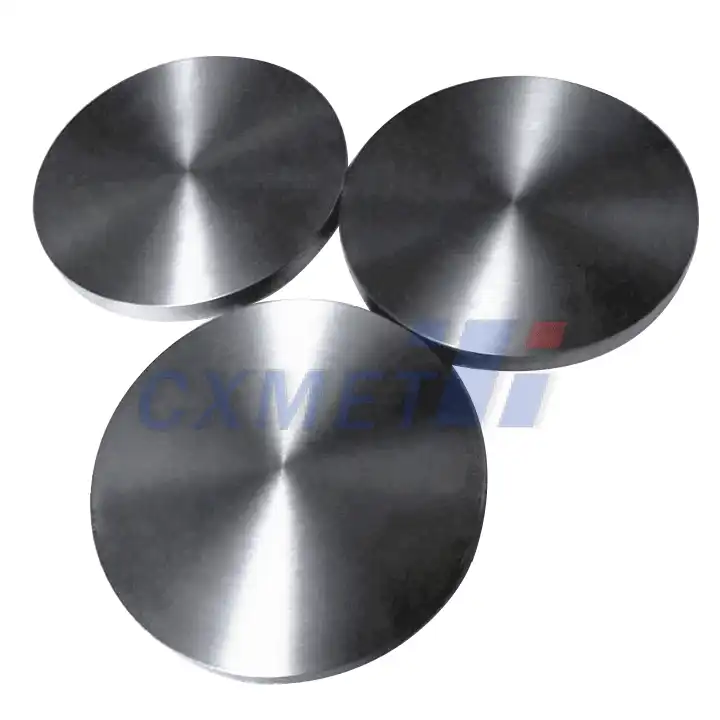- English
- French
- German
- Portuguese
- Spanish
- Russian
- Japanese
- Korean
- Arabic
- Greek
- German
- Turkish
- Italian
- Danish
- Romanian
- Indonesian
- Czech
- Afrikaans
- Swedish
- Polish
- Basque
- Catalan
- Esperanto
- Hindi
- Lao
- Albanian
- Amharic
- Armenian
- Azerbaijani
- Belarusian
- Bengali
- Bosnian
- Bulgarian
- Cebuano
- Chichewa
- Corsican
- Croatian
- Dutch
- Estonian
- Filipino
- Finnish
- Frisian
- Galician
- Georgian
- Gujarati
- Haitian
- Hausa
- Hawaiian
- Hebrew
- Hmong
- Hungarian
- Icelandic
- Igbo
- Javanese
- Kannada
- Kazakh
- Khmer
- Kurdish
- Kyrgyz
- Latin
- Latvian
- Lithuanian
- Luxembou..
- Macedonian
- Malagasy
- Malay
- Malayalam
- Maltese
- Maori
- Marathi
- Mongolian
- Burmese
- Nepali
- Norwegian
- Pashto
- Persian
- Punjabi
- Serbian
- Sesotho
- Sinhala
- Slovak
- Slovenian
- Somali
- Samoan
- Scots Gaelic
- Shona
- Sindhi
- Sundanese
- Swahili
- Tajik
- Tamil
- Telugu
- Thai
- Ukrainian
- Urdu
- Uzbek
- Vietnamese
- Welsh
- Xhosa
- Yiddish
- Yoruba
- Zulu
How Does Molybdenum Disc Compare To Other Metal Discs?
2025-01-20 14:53:25
Molybdenum discs have provoked a lot of interest from a variety of industries in light of their special qualities and capabilities. Molybdenum is a desirable option for many applications due to its clear advantages over other metal discs. The primary divisions between molybdenum discs and other metal discs will be addressed throughout this blog post, along with each material's advantages and disadvantages.This information appears overly automated.

What are the advantages of using molybdenum discs over steel discs?
Molybdenum discs offer several advantages over steel discs, making them a superior choice for many applications. One of the most significant benefits is their exceptional heat resistance. Molybdenum has a much higher melting point (2,623°C or 4,753°F) compared to steel (typically around 1,370-1,530°C or 2,500-2,786°F), allowing it to maintain its structural integrity and performance at much higher temperatures. This property makes molybdenum discs ideal for use in high-temperature environments, such as furnaces, rocket engines, and nuclear reactors.
Another advantage of molybdenum discs over steel discs is their superior strength-to-weight ratio. Molybdenum is approximately 10% lighter than steel but offers comparable or even higher strength, depending on the specific alloy composition. This characteristic makes molybdenum discs an excellent choice for applications where weight reduction is crucial, such as aerospace and automotive industries.
Molybdenum discs also exhibit excellent corrosion resistance, particularly in reducing environments and non-oxidizing acids. This property gives them an edge over steel discs in applications involving harsh chemical environments or marine settings. Additionally, molybdenum has a lower coefficient of thermal expansion compared to steel, which means it experiences less dimensional change when subjected to temperature fluctuations. This stability is particularly valuable in precision engineering and optical applications.
Furthermore, molybdenum discs offer superior wear resistance compared to steel discs. The material's hardness and low friction coefficient contribute to its ability to withstand abrasion and maintain its shape over extended periods of use. This durability makes molybdenum discs an excellent choice for cutting tools, wear parts, and other high-stress applications.
However, it's important to note that molybdenum discs do have some limitations compared to steel discs. They are generally more expensive due to the rarity of molybdenum and the complexity of its processing. Additionally, molybdenum can be more challenging to machine and form than steel, potentially increasing manufacturing costs. Despite these drawbacks, the unique properties of molybdenum often justify its use in specialized applications where performance requirements outweigh cost considerations.

How do molybdenum discs perform in high-temperature applications compared to other metal discs?
Molybdenum discs excel in high-temperature applications, outperforming many other metal discs in extreme heat conditions. The exceptional heat resistance of molybdenum is one of its most valuable properties, making it a preferred choice for industries that deal with high-temperature processes. Let's explore how molybdenum discs compare to other metal discs in these challenging environments.
When compared to common high-temperature metals like nickel-based superalloys, tungsten, or tantalum, molybdenum discs often provide a unique combination of properties that make them ideal for specific high-temperature applications. Molybdenum retains its strength and rigidity at elevated temperatures better than many other metals. For instance, while nickel-based superalloys typically begin to lose their strength above 1000°C (1832°F), molybdenum maintains much of its strength up to temperatures approaching its melting point of 2623°C (4753°F).
In terms of thermal conductivity, molybdenum discs also perform exceptionally well. They have a higher thermal conductivity than many other high-temperature metals, including tungsten and tantalum. This property allows for more efficient heat transfer, which can be crucial in applications such as heat shields, furnace components, or thermal management systems in aerospace applications.
Molybdenum's low coefficient of thermal expansion is another advantage in high-temperature applications. This property means that molybdenum discs experience less dimensional change when heated, maintaining their shape and structural integrity better than many other metals. This stability is particularly valuable in applications requiring precise dimensional control, such as in the semiconductor industry or in certain types of scientific instruments.
However, it's important to note that molybdenum does have a significant limitation in high-temperature applications: its susceptibility to oxidation. In oxygen-rich environments at high temperatures, molybdenum can rapidly oxidize, forming volatile oxides that can lead to material loss. This issue is less pronounced with some other high-temperature metals like tungsten or certain superalloys. To mitigate this problem, molybdenum discs are often used in vacuum or inert gas environments, or they may be coated with protective materials when used in oxidizing atmospheres.
Despite this limitation, molybdenum discs still find extensive use in various high-temperature applications due to their unique combination of properties. They are commonly used in furnace heating elements, glass melting electrodes, rocket engine components, and high-temperature structural components in aerospace and nuclear industries. In many of these applications, the performance advantages of molybdenum outweigh its oxidation susceptibility, especially when appropriate measures are taken to protect the material.
What are the cost differences between molybdenum discs and other metal discs?
The cost of molybdenum discs compared to other metal discs is an important consideration for many industries and applications. Generally speaking, molybdenum discs are more expensive than discs made from more common metals like steel or aluminum. However, the cost comparison becomes more nuanced when considering high-performance metals used in specialized applications.
Molybdenum is a relatively rare metal, which contributes significantly to its higher cost. The mining and processing of molybdenum are more complex and expensive compared to more abundant metals like iron or aluminum. As of 2021, the price of molybdenum was approximately $20-30 per kilogram, whereas steel typically costs less than $1 per kilogram. This substantial price difference means that, in terms of raw material costs, molybdenum discs are significantly more expensive than steel discs of the same size.
However, when comparing molybdenum to other high-performance metals used in similar applications, the cost difference may be less pronounced. For instance, tungsten, which is often used in high-temperature applications similar to molybdenum, can be even more expensive. Tantalum, another refractory metal with high-temperature capabilities, is typically more costly than molybdenum. Precious metals like platinum or gold, which are sometimes used in specialized applications due to their unique properties, are far more expensive than molybdenum.
It's crucial to consider that the initial cost of the material is not the only factor in determining the overall economic impact of choosing molybdenum discs. The superior properties of molybdenum, such as its high heat resistance, strength, and wear resistance, can lead to longer component lifetimes and reduced maintenance or replacement costs. In high-temperature or high-wear applications, the longevity of molybdenum components can offset their higher initial cost, potentially making them more economical in the long run compared to cheaper materials that need frequent replacement.
Manufacturing costs also play a role in the overall expense of molybdenum discs. Molybdenum can be more challenging to machine and form than some other metals, which can increase production costs. However, advancements in manufacturing technologies, such as powder metallurgy and additive manufacturing, are making it easier and more cost-effective to produce complex molybdenum components.
When evaluating the cost-effectiveness of molybdenum discs, it's essential to consider the specific application and performance requirements. In many high-performance applications, the unique properties of molybdenum justify its higher cost. For instance, in aerospace or nuclear applications where failure is not an option, the reliability and performance of molybdenum can make it the most cost-effective choice despite its higher initial price.
In conclusion, while molybdenum discs are generally more expensive than discs made from common metals, their unique properties and performance characteristics often justify the higher cost in specialized applications. When compared to other high-performance metals, the cost difference may be less significant, and the long-term economic benefits of using molybdenum can outweigh its initial higher price. As with any material selection process, a thorough cost-benefit analysis considering all aspects of the application is crucial in determining whether molybdenum discs are the most economical choice.
At SHAANXI CXMET TECHNOLOGY CO., LTD, we take pride in our extensive product range, which caters to diverse customer needs. Our company is equipped with outstanding production and processing capabilities, ensuring the high quality and precision of our products. We are committed to innovation and continuously strive to develop new products, keeping us at the forefront of our industry. With leading technological development capabilities, we are able to adapt and evolve in a rapidly changing market. Furthermore, we offer customized solutions to meet the specific requirements of our clients. If you are interested in our products or wish to learn more about the intricate details of our offerings, please do not hesitate to contact us at sales@cxmet.com. Our team is always ready to assist you.

References
- International Molybdenum Association. (2021). Molybdenum Properties.
- ASM International. (2018). ASM Handbook, Volume 2: Properties and Selection: Nonferrous Alloys and Special-Purpose Materials.
- Plansee Group. (2021). Molybdenum - Properties, Applications, and Processing.
- Materials Today. (2020). Comparison of High-Temperature Metals in Extreme Environments.
- Journal of Materials Science. (2019). Thermal Properties of Refractory Metals and Alloys.
- Aerospace Manufacturing and Design. (2021). Advanced Materials in Aircraft Engine Design.
- Nuclear Engineering International. (2020). Materials Selection for Nuclear Reactors.
- London Metal Exchange. (2021). Molybdenum Price Index.
- Advanced Materials & Processes. (2018). Cost-Benefit Analysis of High-Performance Metals in Industry.
- Journal of Cleaner Production. (2020). Life Cycle Assessment of Molybdenum in Industrial Applications.
YOU MAY LIKE